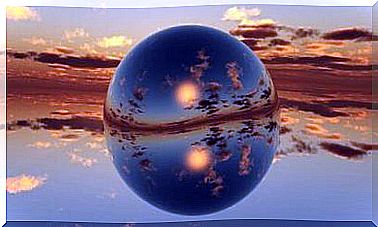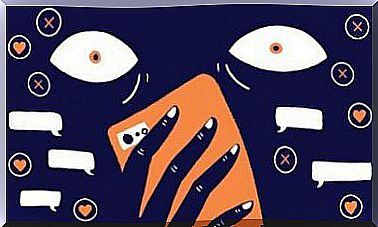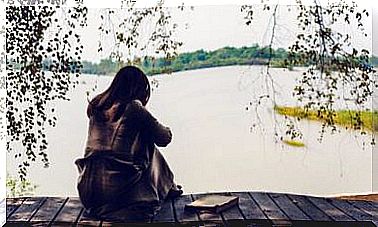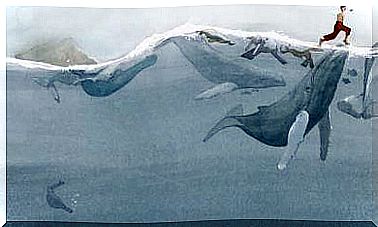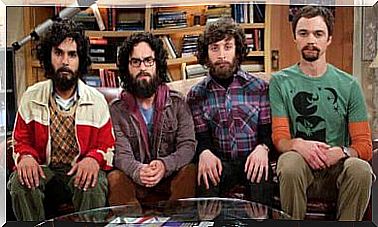Roberto Assagioli: Biography Of The Spiritual Scientist

Roberto Assagioli is the founder of the psychosynthesis school of thought. An approach which started from the empirical foundations of psychology, but which completely went beyond the parameters of scientific psychology. He studied the person as a personality and as a soul.
In the therapies developed by Roberto Assagioli, the unconscious plays an important role, but always in balance with rational and conscious work. His theories on the interaction between the psyche and the body formed the basis of psychosomatic medicine.
Its main idea is that the individual is in a constant process of personal growth. Achieving all of his hidden potential is the ultimate goal and his method is aimed at transforming all of these potentialities.
Assagioli defended the idea that the human personality has alternating substructures or sub-personalities in the individual’s psyche depending on their circumstances. The purpose of psychosynthesis was to first identify each substructure and then integrate them so that they work together harmoniously.
Assagioli was also interested in the spiritual development of the human being and the problems that can arise in every phase of spiritual development. In this sense, psychosynthesis is deeply linked to transpersonal psychology.
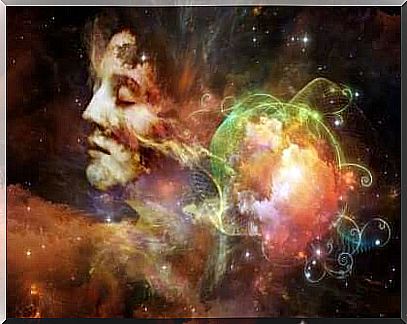
His childhood and his youth
Roberto Assagioli was born in Venice in 1888. He grew up in a family interested in art, music and literature. It seems that her mother’s studies in Theosophy had a decisive influence on her keen interest in Eastern philosophies.
As a teenager, he traveled a lot and developed a particular taste for the ideals of freedom of non-violent and non-dogmatic social movements. His travels have taught him that all human beings are the same. From an early age, he defended that in all human beings there is a desire to develop potential to the fullest.
He studied at the Faculty of Medicine of the Institute of Advanced Studies in Florence. He completed a doctoral thesis titled Psychosynthesis which envisioned a holistic approach to psychology with particular attention to human growth and experiences of spiritual dimensions.
Although his view of psychology rests on many foundations of psychoanalysis, his approach tends to move away from it due to its proximity to the pathological side of the human psyche. An idea shared by many humanist psychologists.
He also considered that human consciousness had more layers of consciousness than the model proposed by Freud. Assagioli was drawn to a psychology that also considered the love, will, wisdom, creativity and spirituality of the human being.
In 1911 he began to formulate the basic concepts of psychosynthesis. A task to which he devoted all his life
His professional career
After completing his medical studies, Assagioli trained in psychiatry in Switzerland with the prestigious Eugen Bleuler. He is the pioneer who defined schizophrenia and one of the first to accept psychoanalysis.
There he met Carl Jung and the two became friends. Assagioli believed that Jung’s psychology was closest to psychosynthesis.
In 1926, the first Institute of Culture and Psychotherapy opened in Rome. In 1928, he thus gave a series of lectures entitled The Energies Latent in Us and Their Use in Education and Medicine .
Psychosynthesis starts from the principle that every emotion or reaction has an opposite and that a synthesis must be created between the two. The active self, the observing self, the controlling factor and the higher self can create this synthesis.
He agreed with psychoanalysis that healing from childhood trauma and a healthy ego were necessary conditions for the proper psychological development of the individual. But he didn’t stop there.
Assagioli supported the idea that a healthy person has the potential for growth. What Abraham Maslow later called self-realization.
Moreover, to all of the above, he added the spiritual and transpersonal dimension. This is why psychosynthesis is considered to be the precursor of humanistic and transpersonal psychology.
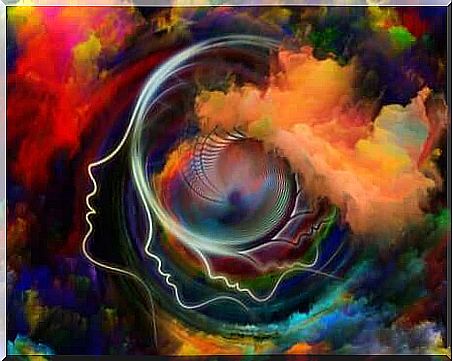
Roberto Assagioli after the war
World War II was a particularly difficult time for Assagioli, due to his Jewish background and his humanistic ideas. He spent time imprisoned and isolated, a time he took advantage of to conduct studies of willpower, meditation and the investigation of the various internal areas of consciousness.
It appears that the experiences of the war greatly affected his health. Despite this, after the war Assagioli returned to work on his research and maintained contact with people who greatly influenced his work, such as Rabindranath Tagore, Viktor Frankl, and Alice A. Bailey.
All of his research work has been supplemented by an in-depth knowledge of Hindu philosophy and Buddhism. Indeed, he studied for a time with a Tibetan lama.
His life was the best example of his teachings. He showed great respect and love for the human being and the kindness that inhabits all individuals. Everyone who knew him remembered him as a person who radiated joy and love and enjoyed great inner peace.
During the 1970s and 1980s, psychosynthesis spread throughout Europe and North America. Many schools have been created to train professionals in this specialty. At present, it is possible to study it as part of a master’s degree at two institutes in the City of London.


